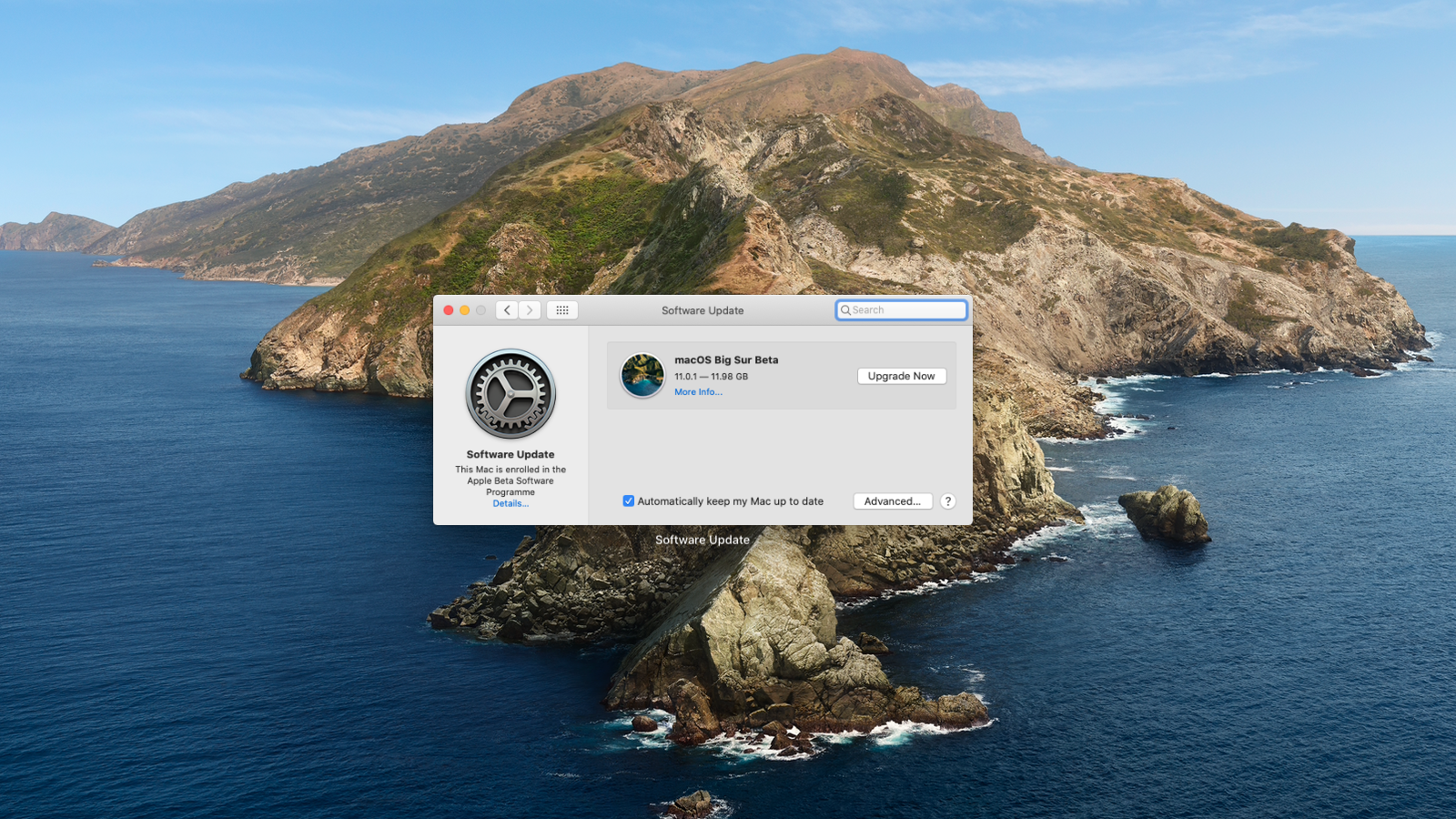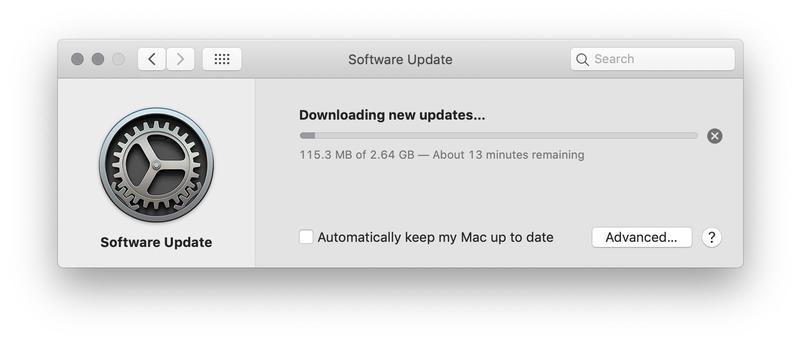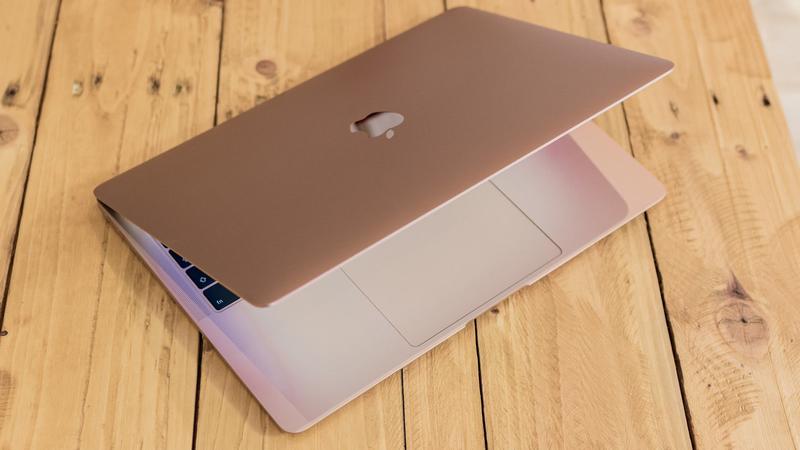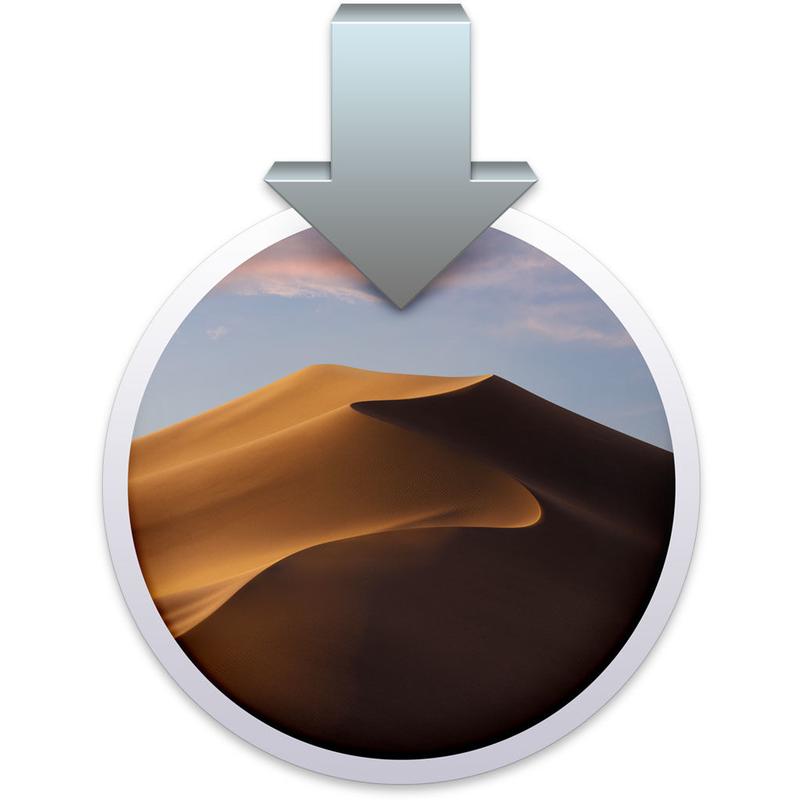In this article we explain how to get Big Sur on your Mac – and what you should do before you click the install button. Updating your Mac is easy, free and not nearly as time-consuming as it used to be, but there are a few things we recommend you do first to prepare your Mac. We’ll also guide you past the potential headaches and any problems you may encounter.
If things get really complicated though we also have: Fixes for Macs that won’t update macOS. If you are one of the many people experiencing problems downloading and installing Big Sur you will want to take a look at our guide to overcoming problems with the Big Sur installation.
If you haven’t updated to Catalina yet, read on to find out how to update to Catalina or Mojave from High Sierra, Sierra, El Capitan, Yosemite, or even older version of Mac OS X below.
Note that you can get Big Sur (or future macOS updates) earlier by joining Apple’s beta-testing programmes. We cover this in detail here: How to get the macOS beta.
Read more about the latest version of macOS Big Sur.

How to get macOS Big Sur on your Mac
The full and final version of macOS Big will soon be available to download. The method for getting Big Sur on your Mac will depend on the version of macOS you’re currently running.
Wondering if you should update at all? Check our macOS Big Sur review for detailed advice, and read our comparison of macOS Big Sur vs Catalina to find out how it compares to the previous version.
You may be concerned that you have some software that you need to use that may not work in the new operating system. Luckily there are a few ways you can try out Big Sur without removing an older version of macOS from your Mac, find out How to run macOS on an external hard drive or How to dual-boot two Mac Operating Systems on your Mac.
Update from Catalina or Mojave
If you’ve got Mojave or Catalina installed on your Mac the update will come via Software Update. You may even see a notification that an update is available.

- Open System Preferences (you can click on the Apple logo in the menu to find it).
- Click on Software Update.
- Your computer will check for updates, and show that an update is available for your Mac. Click on Upgrade Now to download the installer for the new version of macOS.
- While the installer is being downloaded you will be able to continue to use your Mac. Once the installer has downloaded you can click to install the new version of the OS – but beware that your Mac will be out of action for a little while as the software installs.
Update from High Sierra or older
If you’re running High Sierra or an older version you will need to do the following:
- Launch the App Store on your Mac (click on the blue icon containing a white A, or search by pressing space+command and typing App Store).
- Search for macOS.
- Click on Get (older versions of the App Store might have a Download button).
- Fill out your Apple ID information if prompted.
- The Installer will start to download, you can see how long it will take if you look at the bar under Downloading.
- Once the installer file has downloaded a window will pop up on your Mac telling you and asking you to Continue… The Installer file can be found in Applications (but it will open automatically).
Luckily the download happens in the background, so you can continue to work or surf the web.
Wondering where you can find Big Sur on the Mac App Store? You can download MacOS Big Sur here.
How long will it take?
When we started downloading Big Sur our Mac said it would take 10 hours to download the 11.98GB file, so be prepared to wait a while especially if you are on a weak Wi-Fi network. You may want to leave your Mac downloading the operating system update over night.
And that’s before you even start the installation at which point you won’t even be able to use your Mac. Expect this to take up to an hour.
Now you have the installation files we will explain how to install Big Sur next.
How to install macOS Big Sur
Once the installer has downloaded (as described above) you are ready to install the macOS software on your Mac.
- Once the installer file has downloaded you should see a window pop up on your Mac asking you to start the install process.
- If you are ready to install, click on Continue (beware that it can take some time, so finish anything that can’t wait before going ahead with the installation).
- Follow the onscreen instructions to finish installing the software update, which should take around half an hour to an hour depending on the spec of your Mac.
Just in case you encounter problems, here’s what to do if your Mac freezes during the installation process.
How to prepare your Mac for an OS update

We normally recommend that you don’t jump right in and install new software straight away – by which we mean as soon as Apple releases it. Regardless of how stringent Apple’s test process is, there are inevitably issues with the initial downloads. And even if there are no issues often Apple’s servers get overloaded as everyone rushes to update and that can really slow the process down. So we recommend you hold your horses and do some tidying up and preparation first.
However, there are a few things worth checking before you download a new version of the Mac operating system at any time. If you run through the below first you are less likely to have problems following the update.
Here are the steps you should go through when updating your Mac to the latest version of macOS. We address each step in more detail below.
- Locate the version of macOS you require.
- Check your Mac is supported. (Read: Can my Mac get Big Sur?)
- Make sure you have sufficient space on your Mac. The installation file for the Big Sur beta was 10GB!
- Back up your Mac.
- Make sure your Mac is healthy.
- Log into iCloud.
- Make sure you are on a trusted network.
- Update to the latest version of your current macOS version.
- Download macOS from the Mac App Store.
- Install macOS on your Mac.
We also cover how to update your Mac with the more minor updates to the operating system that Apple issues throughout the year at the bottom of this article: If it’s just an update to the current version of the macOS you need to install jump to this section: Install an update to macOS
If you want to know how to update your apps on your Mac, read this: How to update all your Mac apps.
Locate the version of macOS you require
The first thing you will want to do is find out exactly which version of the Mac operating system to install and make sure that there is no reason not to install it. We have details of the latest version of macOS Big Sur. We also have a Complete list of Mac OS X & macOS versions.
If you choose to wait and download a version of macOS some months after the launch – or if you’re looking at updating your Mac to an older version of macOS – note that the version you will download will be an older version than the latest update. You should therefore expect to have to update the operating system again once you have installed it, but this should happen automatically.

This is because Apple will continue to release updates to the operating system throughout the year, either to address vulnerabilities and fix problems, but sometimes to add new features, such as new emoji.
Then during the months from June to September the company will issue beta versions of the next version of the operating system software. Some people will be able to test the beta out on their Macs.

Make sure you have sufficient space
Apple suggests that you should have 20GB of free space on your Mac’s drive before you install a new version of macOS – although you may not need that much.
We generally recommend that you always try to have 10% of the total space of your Mac free at all times.
If you lack the necessary space read this to get some tips on what to delete: How to free space on Mac, you may also find How to delete Mac Other storage useful.
Make sure your Mac is healthy
You should also make sure that your Mac is completely healthy before installing a big update to the system.
Open Disk Utility (in /Applications/Utilities), select your startup drive from the list on the left, click the First Aid tab to the right, and then click Verify. If Disk Utility finds problems, you’ll need to boot from a different volume to perform the actual repairs using the Repair Disk button.
Boot into recovery mode (by holding down Command+R at startup) and use Disk Utility from there to perform the recommended repairs.
You can also run the Apple Hardware Test (for Macs older than June 2013) or Apple Diagnostics (for Macs from June 2013 or later). Both tests check your Mac for other hardware issues, such as bad RAM.
Read more about using Disk Utility to fix a Mac.
Back up your Mac
Before you perform any big update to your Mac – and especially if you are installing a beta – you should back up your Mac and do some other housekeeping tasks which we will address below.
Luckily, Apple makes it easy to back up your Mac using Time Machine, so there is no excuse not to create a Time Machine backup before installing a new version of macOS. We have this article about how to back up your Mac using Time Machine. We also have a guide running through how to back up a Mac.
Log into iCloud
iCloud is heavily integrated into many Apple apps and system services. Make sure you’re logged into iCloud before you start updating and things should go smoothly.
Make sure you’re on a trusted network
We advise that you make sure you are on a trusted network – so avoid downloading software in hotels and cafes or any public networks because you don’t know what might lurk there.
If you’re downloading and installing software we advise that you do so at home, at work, or at your place of education, not on a hotel or cafe network. You will probably find the download is much faster – and downloading at home or could mean you can plug your Mac into the network rather than rely on a wireless download speed (which could mean that the download takes a lot longer!)
To find out how to keep your Mac safe from security vulnerabilities read: How to stop your iPhone, iPad or Mac getting hacked and our Mac security tips.
Update to the latest version of all your software
Before you upgrade to the new version of macOS, make sure you install the latest updates to the version of macOS that you’re currently running. From time to time there will be software updates to improve stability, for example, and there is always a chance that you may have a problem updating to the new version of the Mac operating system if you hadn’t pre-installed this essential update to the previous version, so do your housework first.
You should also make sure you have updated any third party apps too. Those updates may include changes that are required for upgrading to the latest macOS and if you don’t run the updates they may not work properly once you have updated.
To update apps you’ve bought from the Mac App Store, launch the App Store app and click the Updates button in the toolbar. Then click Update All, simply providing your Apple ID and password when prompted.
For apps that you purchased elsewhere, you’ll need to manually install updates. You can check if there are updates available from the application’s menu, in Microsoft Word, for example, it’s a case of clicking on Help > Check for Updates.
Check compatibility with your third-party apps before updating the macOS. That way you will be up and running immediately, rather than being frustrated by your favourite apps and add-ons not working.
For details of how to install a version update, jump to the section above.

How to install a macOS update in Big Sur, Catalina or Mojave
Installing updates to macOS once you are running Big Sur, Catalina or Mojave are a little different to previously. Rather than opening the Mac App Store, you will need to do the following:
- Open System Preferences
- Click on Software Update
- Click to update the software if an update is available
Alternatively, click on the Apple logo in the menu bar and choose Software Update.
How to install an update to macOS in High Sierra or earlier
If you have already installed the new version of macOS and just want to install the latest update to that software you will find it under the Mac App Store updates tab.
- Open the Mac App Store
- Click on Updates
- Click Update beside any updates you wish to install
If the software has not yet been downloaded (you can set it to do this automatically) it will download in the background - Once the software has been downloaded you will see a notification to let you know it is ready to be installed
- Your Mac may notify you that it will restart before installing the update if the timing is bad you can choose to postpone the update for an hour, or until later
- When you are ready to proceed, click Update again and wait while your Mac restarts and installs the update
- Your Mac will shutdown and the installation will commence – beware this can take a while and there is no warning until it actually starts, a recent update was set to take 24 minutes, but panic not – it was probably closer to 10 minutes.
- Once the installation has finished your Mac will restart.
For information about Apple’s terms and conditions for using macOS read: Should you agree to Apple’s terms and conditions?
